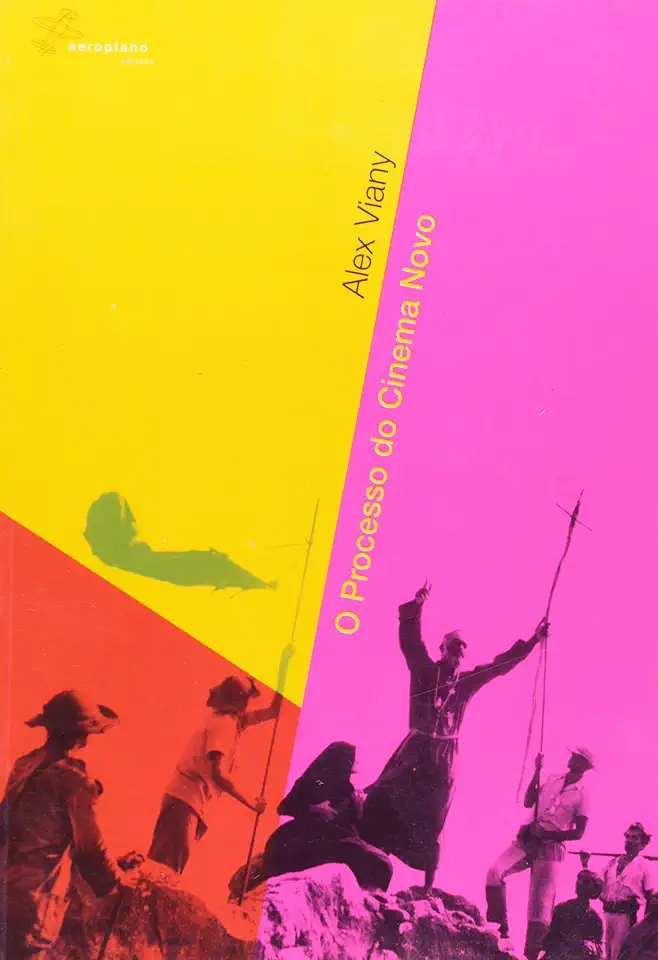
The Cinema Novo Process - Alex Viany
The Cinema Novo Process: A Revolutionary Approach to Filmmaking
Introduction
In the realm of cinema, few movements have had as profound an impact as Cinema Novo. Originating in Brazil during the 1960s, Cinema Novo challenged conventional filmmaking practices and revolutionized the way stories were told on screen. This book, "The Cinema Novo Process" by Alex Viany, offers a comprehensive exploration of this groundbreaking movement, providing readers with an in-depth understanding of its origins, key figures, and lasting influence.
A Catalyst for Change
Cinema Novo emerged as a response to the limitations and conventions of traditional filmmaking. Brazilian filmmakers, inspired by the social and political changes sweeping the nation, sought to create a new kind of cinema that reflected the realities of their time. They rejected the polished aesthetics and artificial narratives of Hollywood productions, opting instead for a raw, documentary-like style that captured the essence of everyday life.
Key Figures and Films
The Cinema Novo movement was spearheaded by a group of talented filmmakers, including Glauber Rocha, Nelson Pereira dos Santos, and Ruy Guerra. These visionary directors crafted films that pushed the boundaries of cinematic expression and challenged societal norms. Among their most notable works are "Black God, White Devil" (1964), "Rio 40 Degrees" (1955), and "Barravento" (1962), which showcased the movement's commitment to social realism and political engagement.
Aesthetics and Techniques
Cinema Novo filmmakers employed a range of innovative techniques to achieve their artistic goals. They embraced handheld cameras, natural lighting, and non-professional actors to create a sense of immediacy and authenticity. Their films often featured long takes, jump cuts, and unconventional editing patterns, challenging traditional notions of cinematic storytelling.
Social and Political Impact
Cinema Novo played a significant role in shaping Brazilian society and politics. The movement's films addressed pressing social issues such as poverty, inequality, and political oppression, sparking public discourse and raising awareness about these challenges. Cinema Novo became a powerful tool for social change, empowering marginalized communities and giving voice to the voiceless.
International Influence
The impact of Cinema Novo extended far beyond Brazil's borders. The movement inspired filmmakers around the world, particularly in Latin America and Africa, who adopted its techniques and aesthetics to create their own socially conscious and politically engaged cinema. Cinema Novo's influence can be seen in the works of renowned directors such as Fernando Solanas, Ousmane Sembène, and Federico Fellini.
A Legacy of Innovation
Cinema Novo's legacy continues to shape contemporary filmmaking. Its emphasis on social realism, political engagement, and innovative storytelling techniques has left an indelible mark on the art of cinema. The movement's pioneering spirit and commitment to artistic freedom continue to inspire filmmakers to push the boundaries of cinematic expression and create meaningful works of art that resonate with audiences worldwide.
Conclusion
"The Cinema Novo Process" by Alex Viany is a must-read for anyone interested in the history of cinema, social movements, and the power of art to effect change. Through its detailed analysis of Cinema Novo's origins, key figures, and lasting influence, this book provides a comprehensive understanding of one of the most important and influential movements in film history. Whether you're a filmmaker, a film enthusiast, or simply someone curious about the intersection of art and society, this book is an essential addition to your library.